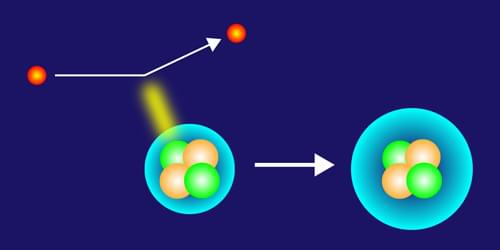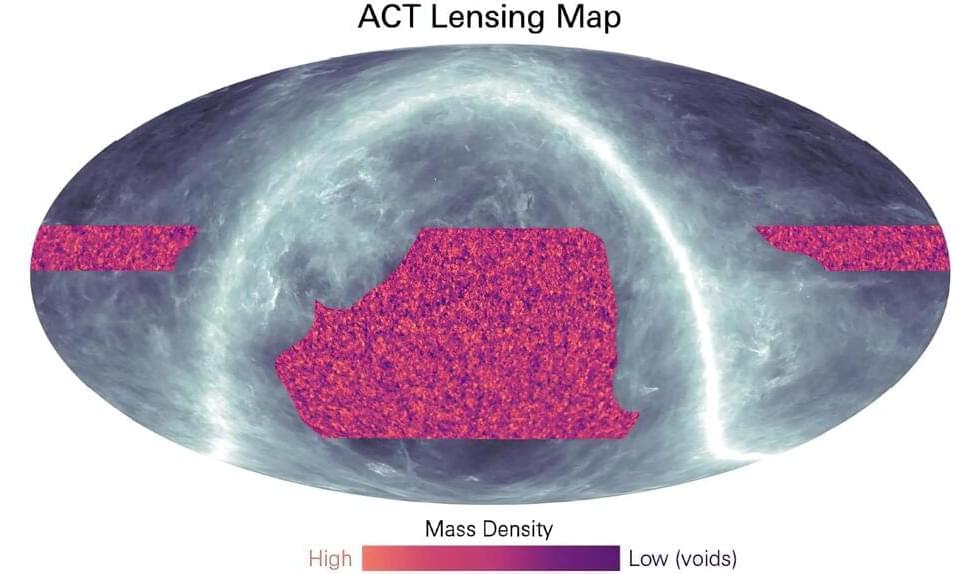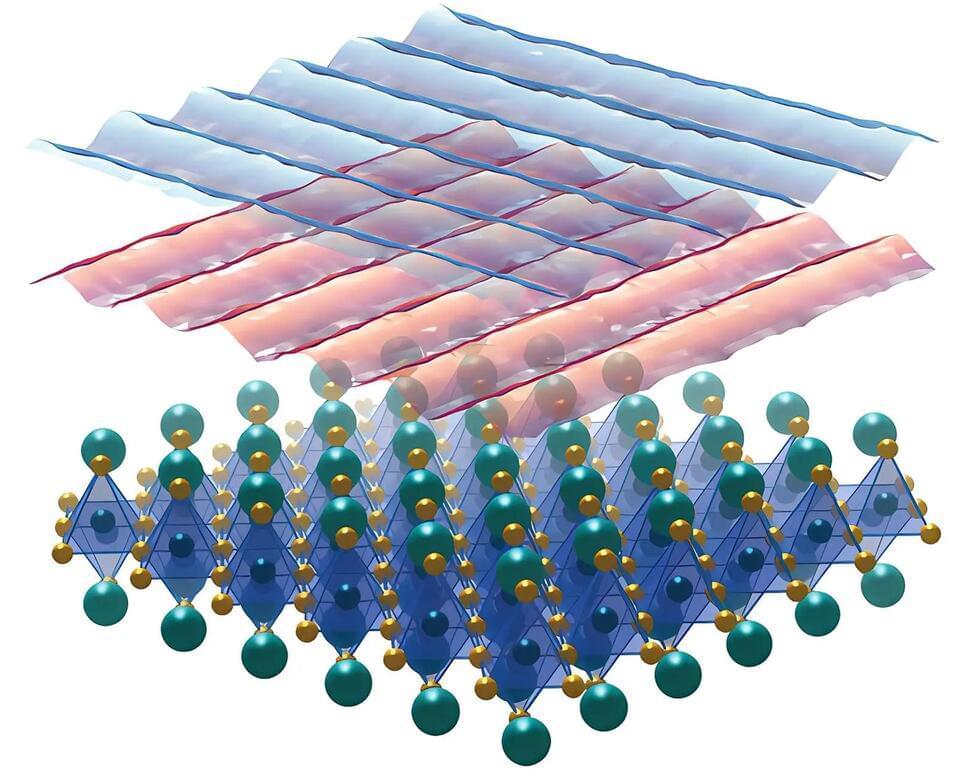Scientists are still getting to grips with the ins and outs of strange materials known as time crystals; structures that buzz with movement for eternity. Now a new variety might help deepen our understanding of the perplexing state of matter.
Just as regular crystals are atoms and molecules that repeat over a volume of space, time crystals are collections of particles that tick-tock in patterns over a duration of time in ways that initially seem to defy science.
Theorized in 2012 before being observed in the lab for the first time just four years later, researchers have been busy tinkering with the structures to probe deeper foundations of particle physics and uncover potential applications.









